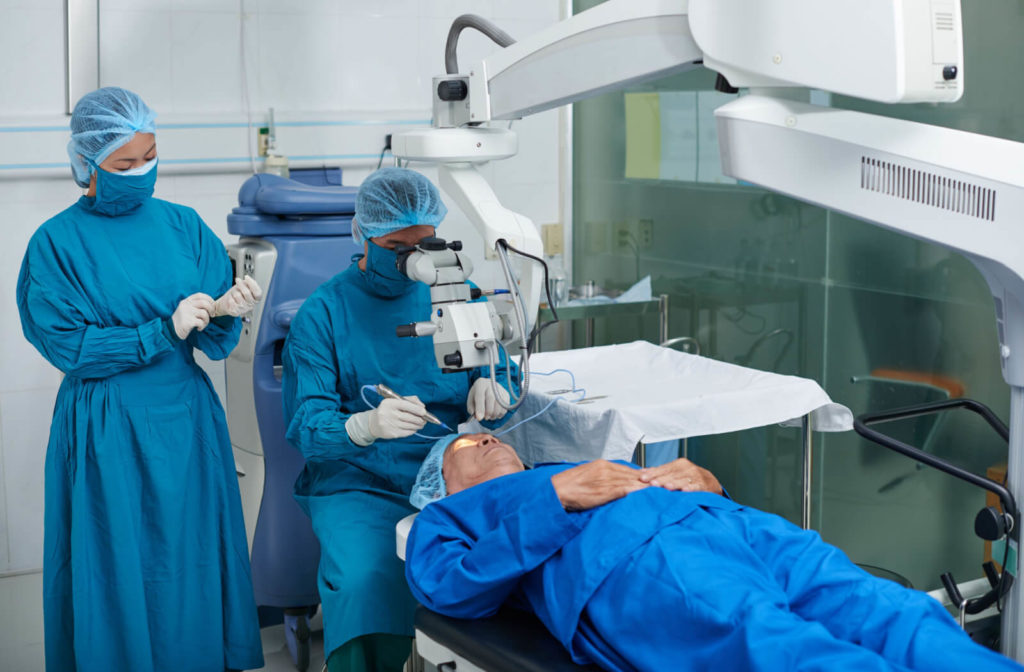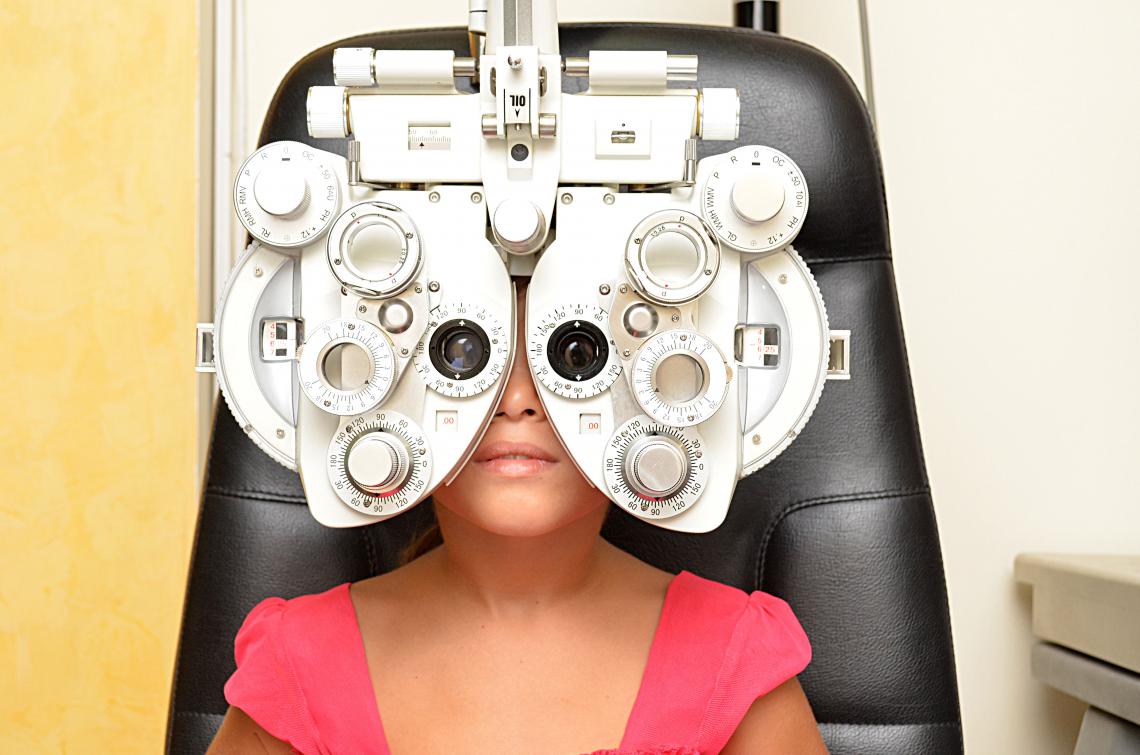Just How an Eye Doctor Can Help Avoid Vision Issues in Chino
Exploring the Latest Technical Advancements in Optometry and What They Mean for Eye Doctors
In the ever-evolving field of optometry, current technological improvements are reshaping just how professionals approach eye treatment. From the accuracy of Optical Coherence Tomography to the nuanced insights supplied by AI-driven diagnostic devices, these advancements are establishing new requirements in person evaluation and treatment. Teleoptometry is poised to redefine access, making certain that knowledge goes beyond geographical restrictions. As these advancements penetrate the method, optometrists are confronted with the obstacle of welcoming these tools to improve patient end results. The inquiry stays: exactly how will these technological shifts redefine the roles and duties within the profession?
Technologies in Diagnostic Tools
Progressing the area of optometry, innovations in diagnostic devices have transformed the means eye care professionals evaluate and diagnose visual disabilities and eye conditions. The past years has actually observed considerable technical innovations, allowing even more comprehensive and exact examinations.
An additional secret technology is the intro of innovative corneal topography systems, which map the surface area curvature of the cornea with precision. These devices are particularly beneficial for fitting contact lenses and detecting corneal problems. Furthermore, digital retinal imaging has transformed traditional ophthalmoscopy, providing detailed, scenic sights of the retina that assist in comprehensive aesthetic assessments.
The growth of wavefront aberrometry has additionally been critical, enabling the analysis of refractive mistakes with unparalleled precision (Eye Doctor Optometrist). This modern technology assists in customizing restorative lenses and boosting medical end results for refractive surgical procedures. Jointly, these analysis innovations empower optometrists to provide remarkable individual care, making certain very early intervention and tailored therapy approaches, inevitably improving visual health outcomes
AI in Person Administration
Building on the foundation of advanced diagnostic devices, the incorporation of expert system (AI) in patient administration represents a transformative leap for optometry. AI systems are significantly used to enhance efficiency, precision, and personalization in person care. By analyzing large amounts of data, AI can recognize patterns and forecast potential ocular conditions, enabling eye doctors to customize treatments better. This capacity is crucial in taking care of persistent eye illness such as glaucoma and diabetic retinopathy, where early detection and continuous tracking are essential.
Furthermore, AI-driven platforms assist in structured patient interactions and management processes. Automated organizing, digital appointments, and personalized follow-up strategies not just enhance patient fulfillment however likewise enhance time management for practitioners. These systems can triage clients based on the necessity of their conditions, making certain that those in crucial need receive prompt attention.
In addition, AI boosts decision-making by offering eye doctors with evidence-based suggestions and treatment paths. By integrating information from electronic health and wellness records, AI devices use insights that inform medical choices, decreasing the danger of mistakes and improving individual end results. As AI continues to evolve, its role in patient administration will likely broaden, improving the landscape of optometric treatment.
Developments in Retinal Imaging
In the world of optometry, retinal imaging has experienced exceptional technical advancements that are improving analysis capacities and patient treatment. Advancements such as Optical Coherence Tomography (OCT) and fundus digital photography have actually transformed exactly how optometrists assess the retina and picture. OCT, particularly, provides high-resolution, cross-sectional pictures of the retina, enabling the in-depth evaluation of its layers. This ability is vital for very early discovery and monitoring of conditions like glaucoma, diabetic retinopathy, and age-related macular deterioration.
Improved imaging methods like OCT angiography are further refining diagnostic precision. Eye Doctor. Such developments help with the identification of minute retinal modifications that can represent illness progression.
In addition, advancements in visit fabricated intelligence are enhancing retinal imaging by making it possible for computerized analysis of big datasets. These systems assist eye doctors in identifying patterns indicative of pathology, therefore boosting analysis accuracy and efficiency. Jointly, these developments are transforming retinal imaging into a foundation of contemporary eye treatment, boosting end results and increasing healing opportunities.
Teleoptometry's Growing Role
Teleoptometry is increasingly coming to be a vital component of eye care, driven by developments in electronic communication and diagnostic tools. This is specifically advantageous in rural and underserved locations where accessibility to specialized eye treatment is commonly limited.
The integration of expert system (AI) additional enhances teleoptometry, enabling the analysis of aesthetic data and helping in the discovery of ocular problems such as glaucoma and diabetic person retinopathy. AI-powered formulas can quickly interpret complex imaging data, providing eye doctors with beneficial understandings that strengthen medical decision-making.
Furthermore, teleoptometry supports continuity of care via seamless integration with electronic health records (EHRs), allowing eye doctors to maintain comprehensive individual backgrounds. This makes sure that patients receive individualized and consistent care also when talking to various professionals.
Regardless of these advantages, challenges remain, consisting of making certain data protection and handling person assumptions. Nonetheless, teleoptometry represents a significant stride in the direction of even more easily accessible, reliable, and patient-centered eye care. As modern technology develops, its duty is positioned to increase additionally.

Future Trends in Eye Care
A myriad of innovative trends is readied to improve the future of eye treatment, driven by technical innovations and the evolving demands of people. One substantial fad is the assimilation of fabricated knowledge (AI) in diagnostics, which guarantees to enhance the precision and performance of eye examinations. AI formulas can assess substantial quantities of information from retinal photos, possibly discovering conditions like diabetic retinopathy and glaucoma earlier than typical techniques.
Furthermore, customized medication is acquiring traction in optometry, with hereditary testing informing tailored treatment strategies. This technique aims to maximize individual results by tailoring treatments to individual hereditary profiles. Wearable technology, such as clever get in touch with lenses, is also on the perspective, providing real-time surveillance of intraocular pressure or sugar degrees, thus supplying continuous understandings Source into eye and systemic health and wellness.
The fostering of augmented reality (AR) and online reality (VIRTUAL REALITY) in training and client education and learning is one more arising trend. These modern technologies provide immersive experiences that can boost understanding and skills both for people and optometrists. As these patterns evolve, optometrists have to stay abreast of technical advancements to supply cutting-edge care, making certain improved individual end results and fulfillment in the vibrant landscape of eye care.
Final Thought

Jointly, these diagnostic developments empower eye doctors to supply superior client care, ensuring very early intervention and customized treatment approaches, eventually boosting aesthetic wellness results.

As these innovations continue to develop, optometrists need to adjust and integrate them right into practice, eventually maximizing process performance and elevating the requirement of eye treatment supplied to clients.